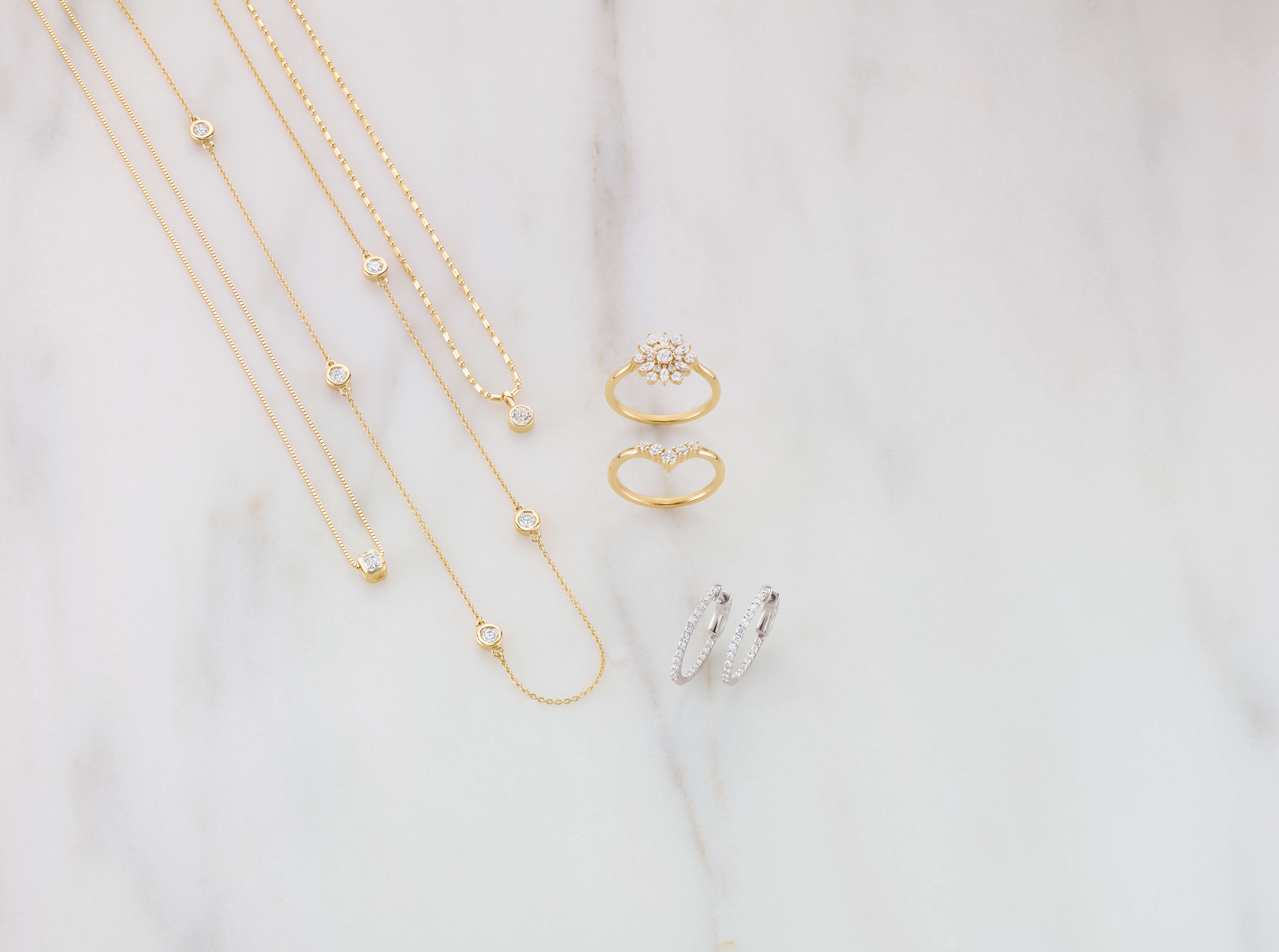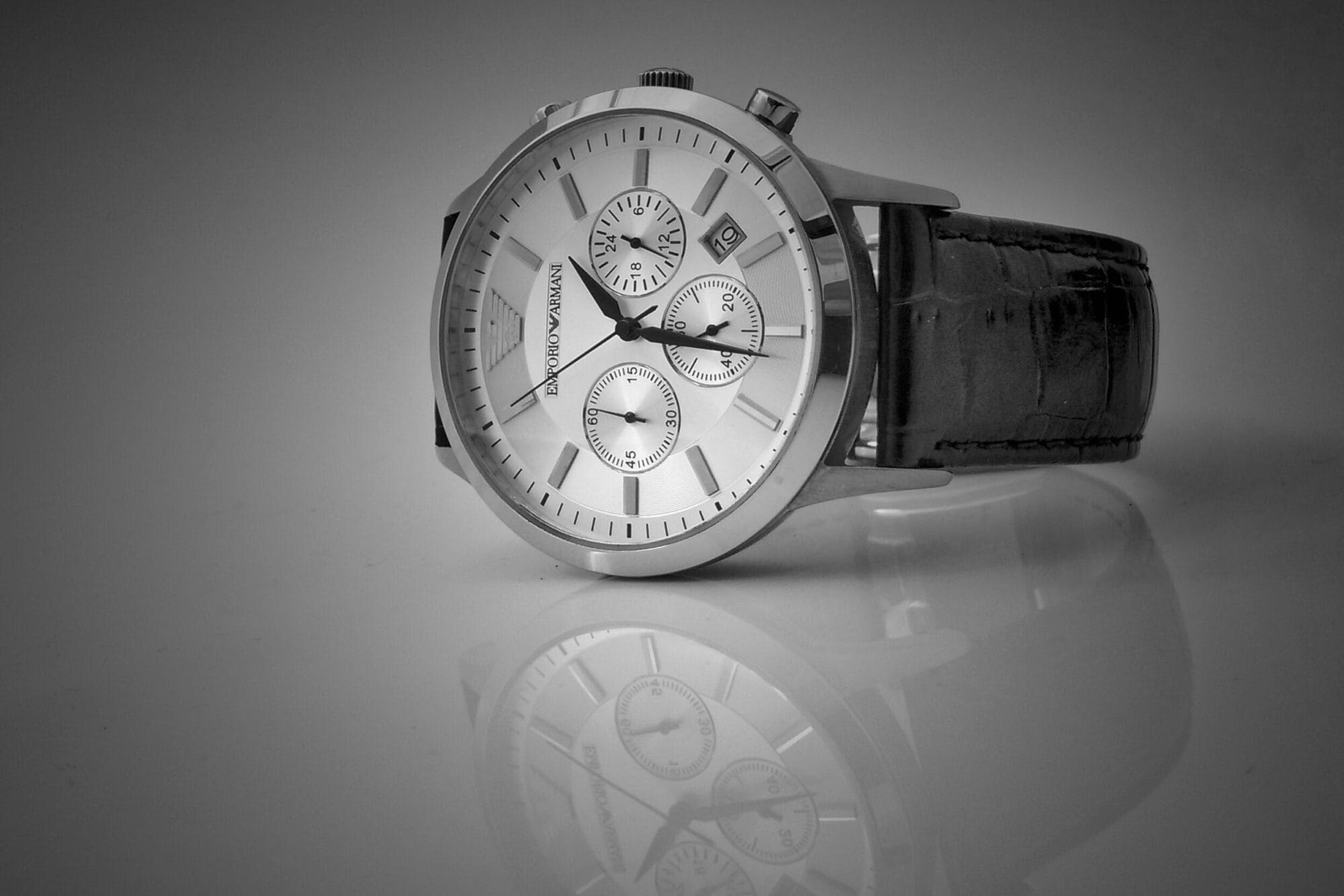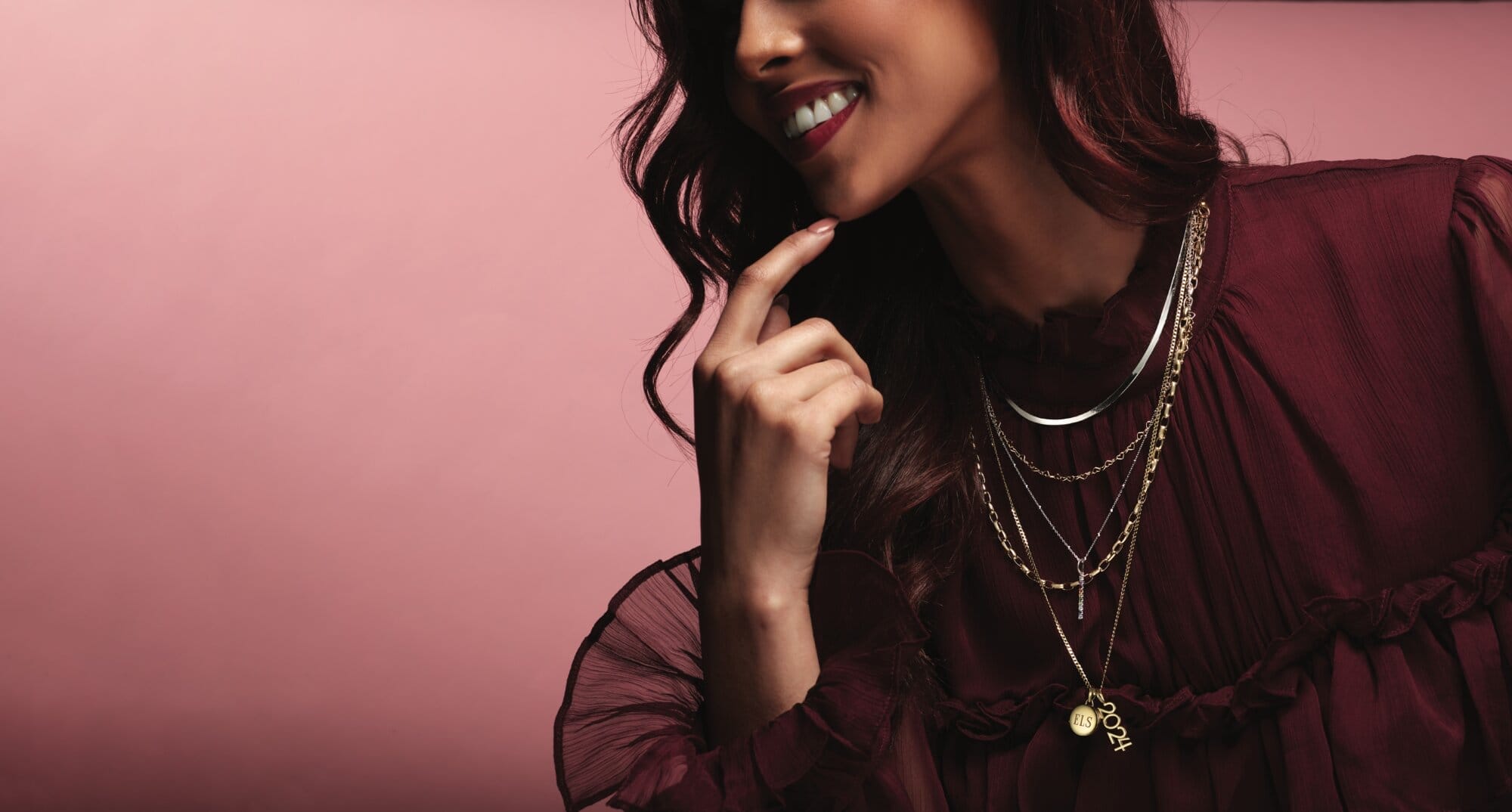A diamond is a significant purchase with financial, emotional, and heirloom value. Here we introduce you to ten types of diamond shapes to help you make the best investment decision for you and your loved ones.
10 Diamond Shapes Include:
1. Round Brilliant
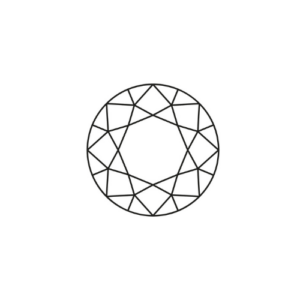
Marcel Towkolsky created the round brilliant diamond shape in 1919, using mathematics to craft a diamond of unsurpassed symmetry. The round brilliant, one of the most popular and enduring diamond cuts, typically has 58 facets that beautifully reflect and refract light. It is traditionally set in a classic 4-prong setting and represents eternal love. Due to high demand, the round brilliant diamond shape is one of the more expensive choices.
2. Princess
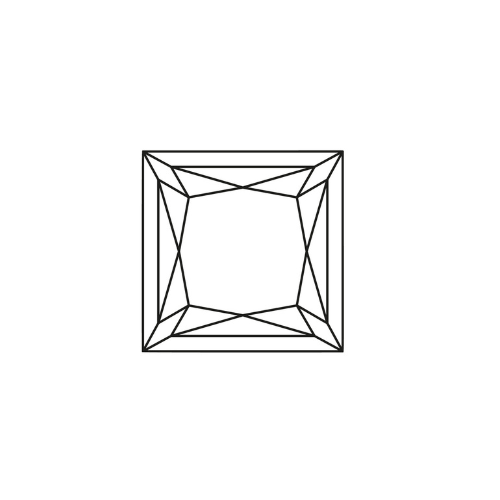
The princess cut dates to the 1960s and suits those who prefer a more contemporary diamond shape. An expertly cut princess diamond is usually square or rectangular and refracts light in a sparkle pattern. This versatile cut can be found in rings, pendants, bracelets, and earrings. Four-prong settings complement the princess diamond shape.
3. Cushion
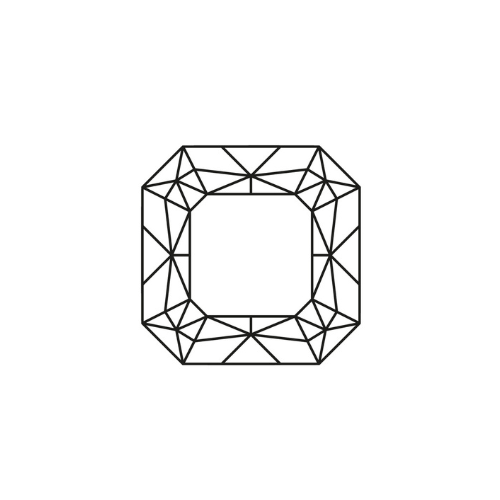
The cushion cut creates what jewellers call “fire,” meaning light disperses in rich-coloured flashes as well as brilliant white. This diamond cut has rounded edges and is a modern update of traditional mine-cut diamonds, lending it a vintage appeal. Celebrities like Chrissy Teigen, Kim Kardashian, and Sophia Vergara have worn cushion cut engagement rings, boosting their popularity. Both the prong and halo setting work well with this diamond shape.
4. Marquise
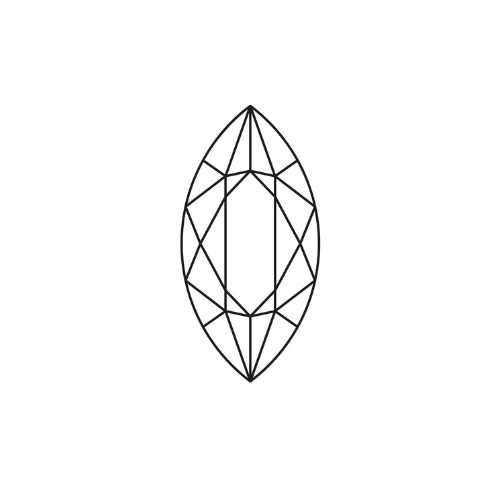
A marquise cut diamond often resembles a small football or boat. This elongated diamond shape creates the illusion of longer, slender fingers and is a popular choice for engagement rings. The marquise shape is a fancy cut that creates a dark spot (a “bowtie”) in the centre of the diamond that diminishes its brilliance and sparkle. The choice of a high-quality stone can minimise the bowtie effect. A bezel, halo, or six-prong setting will enhance the beauty and durability of the marquise diamond cut.
5. Emerald
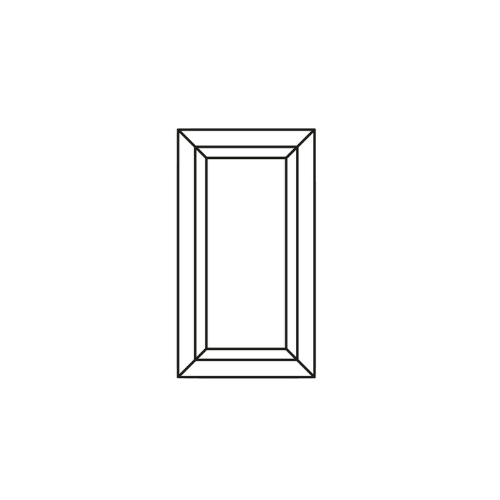
The emerald cut is among the more expensive of the fancy diamond shapes (as opposed to the round brilliant). Rectangular, and with trimmed corners, this cut tends to have less sparkle and brilliance than others but compensates for this by elegantly showcasing the clarity, colour, and luster of a quality diamond. A sophisticated choice, the emerald cut is best enhanced by a solitaire or halo setting.
6. Pear
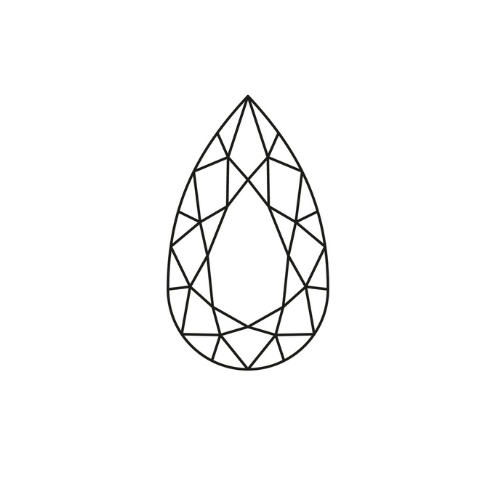
Pear cut diamonds combine the round brilliant and marquise cuts into an asymmetrical shape that is perfect for earrings, pendants, and rings. Despite originating in 15th-century Flanders, the shape has a contemporary feel and is best suited to a five-prong or six-prong setting. As with the marquise cut, it is essential to consider the luster and colour of your diamond, as the pear cut typically produces the bowtie effect.
7. Asscher
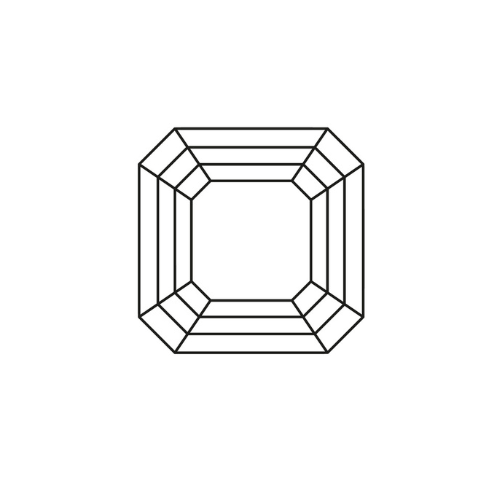
Celebrities and social media influencers strongly affect the popularity of diamond cuts and styles. The Asscher cut, the choice of Gwyneth Paltrow and Pippa Middleton, is associated with wealth, elegance, and sophistication. This proportional square shape, reminiscent of art deco, sparkles brilliantly and has depth and clarity. A 4-prong setting with a thin band showcases the cut’s vintage appeal.
8. Oval
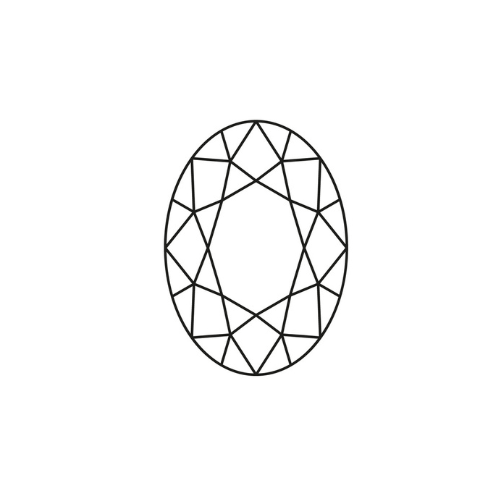
The oval cut combines the round brilliant and marquise cuts and can suit a range of budgets. A well-proportioned oval diamond shape reflects both white light and fire well. It should be set in either a four or six prong setting that lets light enter the diamond. Selection of a quality stone should help to minimise the bowtie effect.
9. Heart
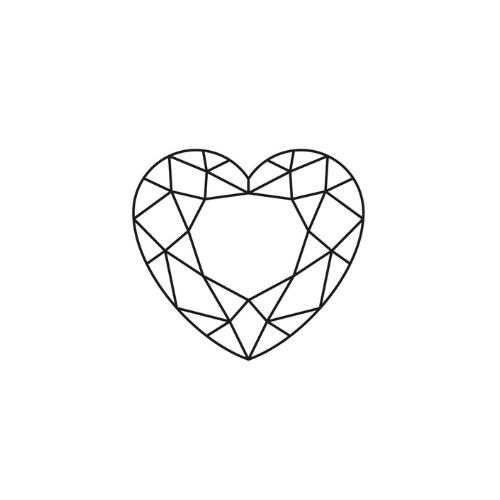
The heart cut diamond symbolises romantic love and is a reliable and pleasing choice for engagement rings. As with the oval cut, the purchaser wants to ensure that the cut is symmetrical and that the bowtie effect does not diminish the diamond’s brilliance. The choice of setting is uniquely vital with a heart-cut diamond since the tip has to be secured. Claw settings and v-shaped prongs are the best choices for this diamond shape.
10. Radiant

A radiant cut diamond can be either rectangular or square. A square radiant cut is also known as the “princess radiant” cut. This versatile and often affordable shape is easy to personalise since it accommodates different length-to-width ratios. With seventy facets, this cut delivers remarkable brilliance and scintillation and works well in a four-prong or six-prong setting.
Pick Your Perfect Diamond With Experts at Alberta Diamond Exchange
Each of the ten types of diamond shapes has unique advantages and produces different effects. Knowing which shape best suits your needs, budget, and taste will ensure your diamond is cherished for years to come. Alberta Diamond Exchange is always here to help you find or create the ring of your dreams. To start your journey, book an appointment to visit us in store or stay right where you are and shop diamonds & jewellery online.


